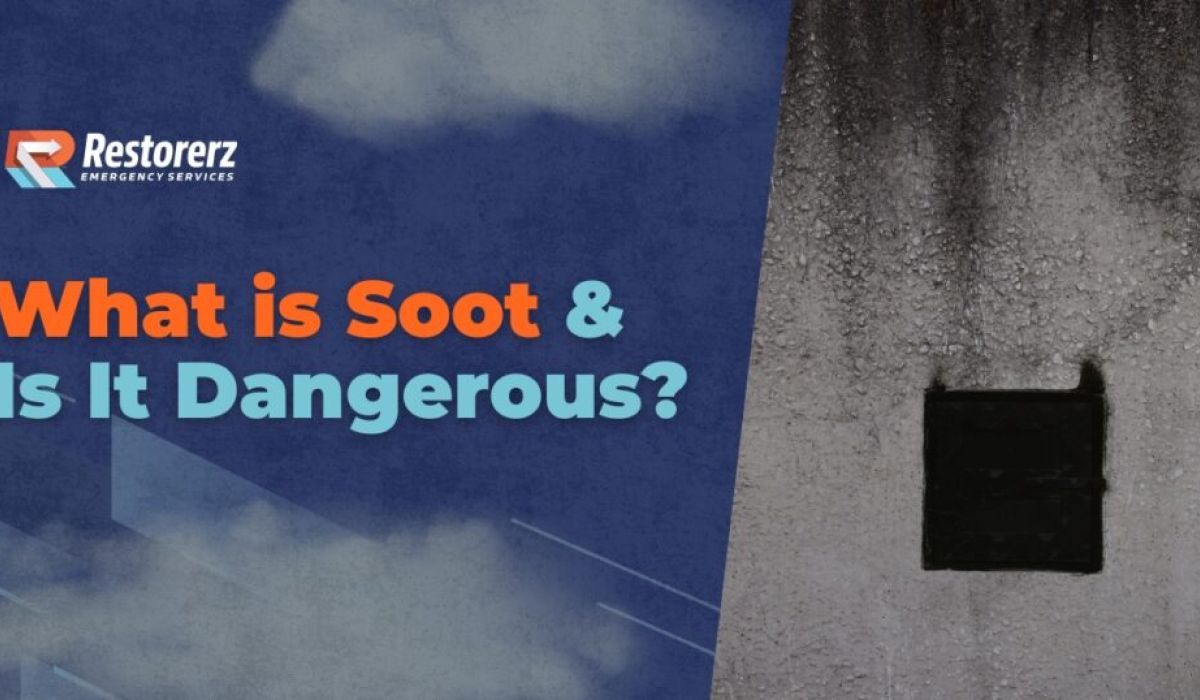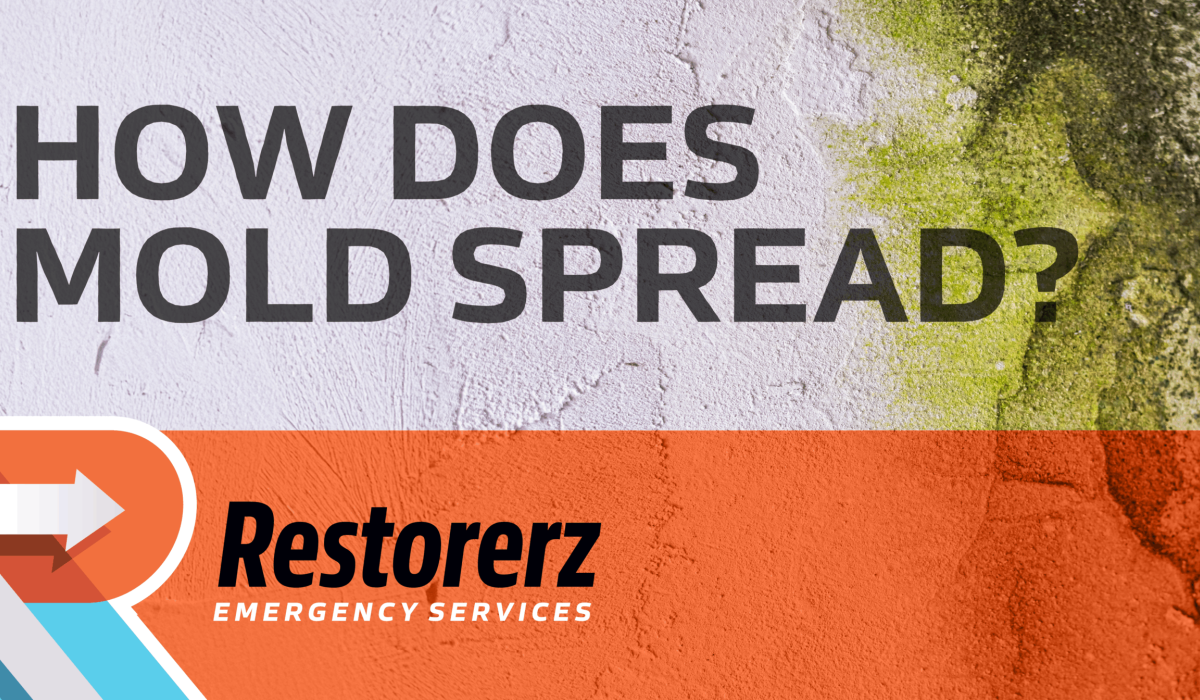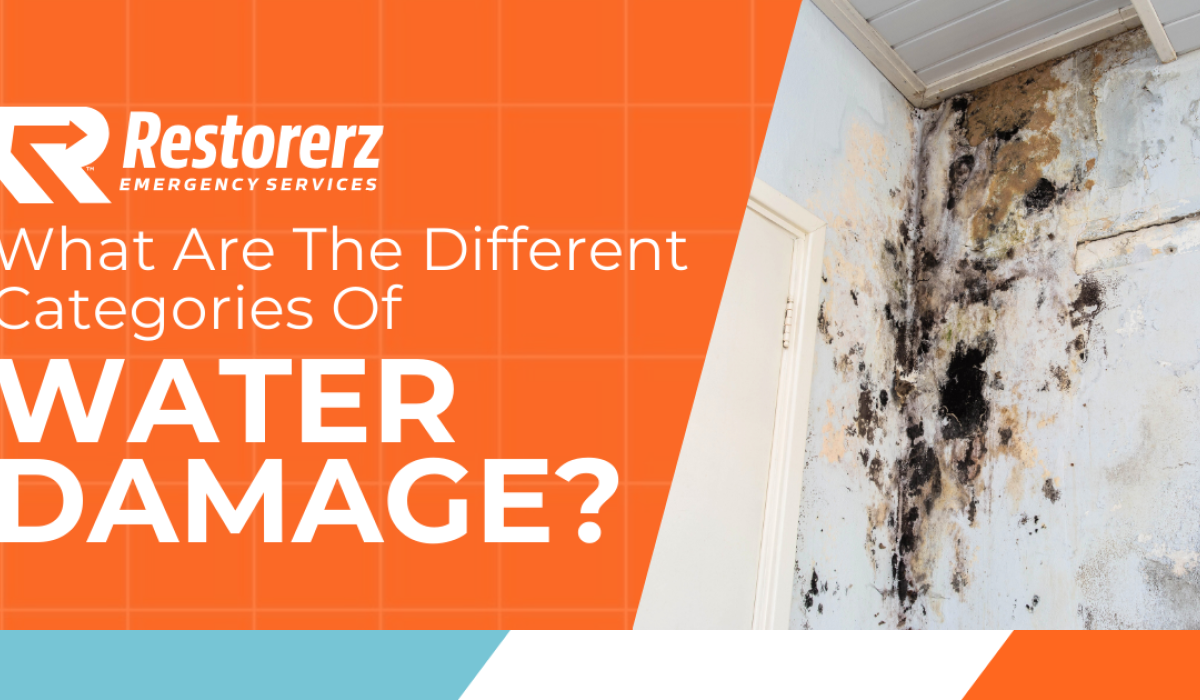All About Pink Mold [Prevention & Remediation Strategies]

CEO, Restorerz Emergency Services
![All About Pink Mold [Prevention & Remediation Strategies]](/wp-content/themes/yootheme/cache/85/Restorerz-Blog-All-About-Pink-Mold-Prevention-Remediation-Strategies-1-85696a27.png)
If you’re cleaning the shower and you notice a suspicious pink splotch, have no fear. While pink mold isn’t something you want in your home, it’s easy for professional mold remediation specialists to resolve the issue. We’ll take you through the basics of pink-colored mold, including where it grows and how to deal with it, as well as when to call a professional. We’ll also provide some prevention tips to help keep pink mold out of your SoCal home.
What Is Pink-Colored Mold?
Despite being called mold, pink mold isn’t actually mold — it’s a bacterium called Serratia marcescens. It has a slimy, whitish appearance with spots or streaks of bright pink.
Pink mold loves moist environments and feeds on organic materials, including fat and minerals. Some of its most common food sources include soap residue, waste particles found in bathrooms, and minerals from hard water.
Where Does Pink Mold Grow in Homes?
Keep an eye out for pink or reddish mold growth in these areas of your home:
Bathrooms
Pink mold is most commonly found in bathrooms. The bacteria in pink mold love moisture, so this mold tends to thrive in humid environments. You’ll most often see it in baths, showers, and sometimes the inside of the toilet rim. Keep an eye out for corners and other small spots that tend to trap moisture.
Kitchens
Thanks to the presence of plenty of moisture and food particles, kitchens can be an appealing environment for pink mold bacteria. Common problem areas include around sinks and faucets, dishwasher door seals, behind appliances, and inside refrigerator drip pans if standing water accumulates.
Laundry rooms and basements
In some cases, pink mold can spread to other damp environments, such as laundry rooms and basements. Although it’s less common than in the bathroom, it can grow anywhere with enough moisture and organic material for it to feed on.
SoCal’s warm climate can pose an elevated mold risk, especially in humid areas like LA. If you’re worried about mold growth in your home, it’s a good idea to call professional LA mold remediation services.
Is Pink Mold Dangerous?
Pink mold does pose a health risk. Although it’s not as dangerous as black mold and other true molds, it can still make you sick, especially for people who have weaker immune systems or respiratory difficulties. Removing pink mold is essential for keeping your home environment healthy.
Learn more about common molds and discover the differences between pink mold, black mold, and other household molds.
How to Safely Handle Pink Mold Removal
In general, DIY mold removal is not recommended, since the potential for inhaling or contacting the mold poses a health risk. However, for those dealing with only a tiny area of mold on a hard surface, and who have the appropriate safety gear, here’s how to approach the problem:
Step 1: Prepare your safety gear
Before you start cleaning, ensure you’re wearing strong rubber gloves, eye protection, and an N95 respirator mask to prevent inhaling mold spores.
Step 2: Ventilate your space
Make sure the room is well ventilated. Open any windows and leave a fan running while you work. Try to avoid opening doors that lead to the rest of the house, as this can risk spreading mold particles throughout your home.
Step 3: Prepare your cleaning solution
Combine four parts water with one part bleach in a spray bottle. Always add water first, then add bleach. The reverse creates a toxic gas.
Step 5: Apply cleaner
Spray the solution onto the mold, being careful not to inhale while doing so. Allow the solution to sit for 15 minutes, then scrub the area with a soft-bristle brush. Once you’ve finished scrubbing, rinse with fresh water and dry the area.
Step 5: Maintain precautions
Check the area every day for the next week to make sure the mold hasn’t returned. Ensure that you follow maintenance procedures, such as reducing humidity and drying the area regularly.
When to Call a Professional
Although not a true mold, pink mold resembles and behaves like mold, making it difficult to simply wipe away. Even after cleaning, pink mold often returns, especially in large areas, established colonies, or on soft or porous surfaces. If you’re dealing with any of the following pink mold issues, it’s a good idea to call a pro:
- Mold growth on any soft or porous areas, including wood or drywall.
- Anyone in your family is vulnerable or is experiencing health concerns.
- You think the pink mold may be in your ventilation system.
- Pink mold returns after cleaning.
- Mold growth covers an area of more than three square feet.
In general, the best solution for pink mold removal is to call a professional. Our mold removal professionals are certified and experienced in safely removing all mold from your house without risking contamination of other surfaces. We offer professional mold remediation across Southern California, including Van Nuys mold remediation and Norwalk mold remediation.
How to Prevent Pink Mold
Keep pink mold at bay with these helpful prevention tips:
Ventilate your space
Pink mold loves humid environments, so good bathroom ventilation is key to preventing growth. Make sure to turn on the fan after you shower, or open a door or window to help air out the space.
Dry the shower
The higher the moisture level, the greater the chance of mold growth. Squeegeeing the shower walls after your shower helps remove excess moisture and makes it harder for pink mold to grow. If the environment stays moist, pink mold often returns even after cleaning.
Have a regular cleaning routine
Pink mold bacteria feed on soap scum and body oils that get trapped in your shower. Aim to thoroughly clean your shower at least once a week to remove any potential food for bacterial growth.
Consider installing a moisture barrier to help reduce the risk of mold in your home.
Call Restorerz for Professional Mold Remediation in Southern California
Get rid of mold once and for all with a visit from Restorerz professional mold remediation. Our team of experienced pros safely removes mold in your home and helps you set up your space to reduce the risk of mold coming back. Contact us today to book your next assessment and keep your SoCal home fresh, healthy, and mold-free.

![What is Green Mold [Comprehensive Guide]](/wp-content/themes/yootheme/cache/ef/Restorerz-What-is-Green-Mold-1200x630-10.22.2025-v1-efa9ac85.jpeg)







![All About Pink Mold [Prevention & Remediation Strategies]](/wp-content/themes/yootheme/cache/3a/Restorerz-Blog-All-About-Pink-Mold-Prevention-Remediation-Strategies-1-3a7c91cf.png)
